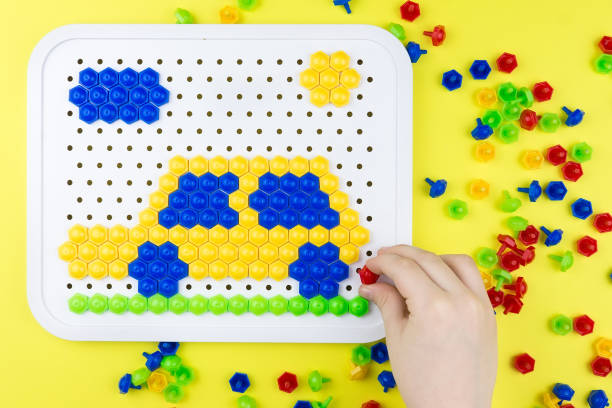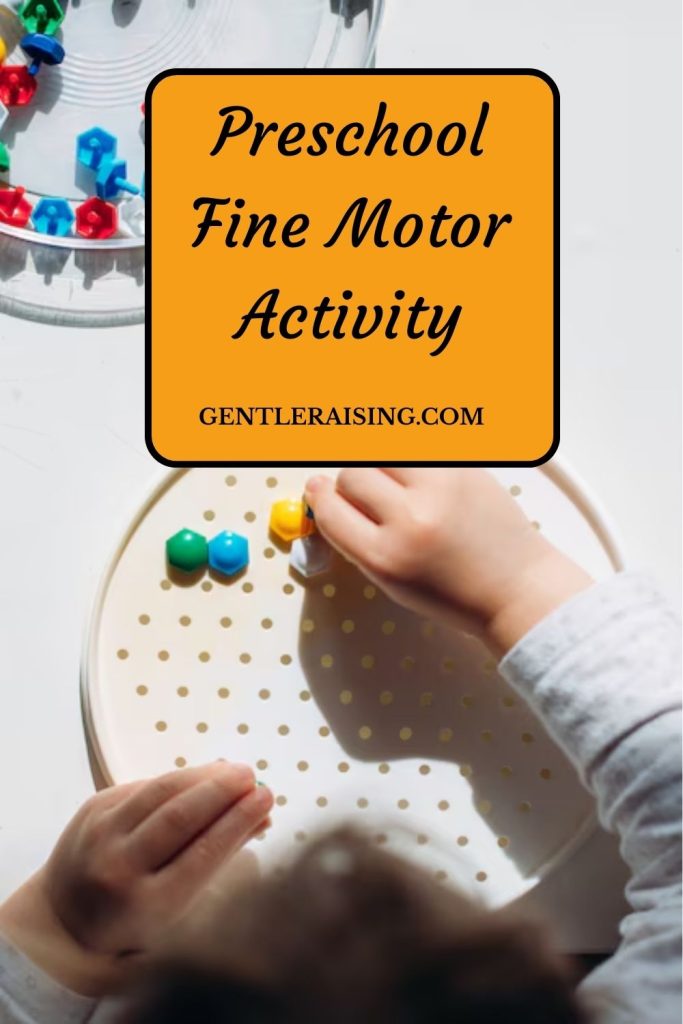Ever watched a toddler struggle to pick up a tiny raisin or button their shirt, and thought, “How do such little things require so much effort?” Welcome to the fascinating world of fine motor development.
These aren’t just small actions; they’re the building blocks of independence. And honestly? They deserve way more attention than they get.
Whether you’re a new mom, a curious dad, or a parent simply trying to keep up with your kid’s boundless energy, this guide is your no-stress map to boosting those all-important hand-and-finger skills, all while having a good time.
First, What Are Fine Motor Skills, Anyway?
Fine motor skills involve the coordination of small muscles in the hands and fingers. We’re talking about the kind of skills your child will need to write their name, zip up a jacket, or open a juice box.
They also support larger developmental pillars, such as cognitive growth, self-care independence, and emotional regulation (yes, frustration levels drop when buttons start cooperating).
These skills evolve gradually, with lots of practice and play. That’s where you come in.
Why Should You Care (Like, Really)?
Let me paint a picture: imagine your little one walking into preschool and struggling to hold a crayon properly, or fumbling through snack time because they can’t open their lunchbox. That sense of “I can’t do it”? It adds up. Confidence starts with capability.
But here’s the twist: fine motor development isn’t about drills or flashcards. It’s about play. And snacks. And mess. It’s about sneaking skill-building into daily moments that already make your house look like a toy explosion.
The Magic Age Ranges: What to Expect When
Every child develops differently, but there are some general milestones to look for:
- 6-12 months: Reaching, grasping, transferring objects between hands
- 12-24 months: Stacking blocks, turning pages, using a spoon (messily!)
- 2-3 years: Stringing beads, snipping paper with toddler scissors, brushing teeth
- 3-5 years: Drawing shapes, buttoning clothes, cutting along lines
See a pattern? The older they get, the more independence they crave, and the more tools they need in their tiny motor toolbox.
So, What Can You Do? (Spoiler: A Lot, Without Buying Anything Fancy)
You don’t need a Pinterest-perfect playroom or Montessori subscription box. Most of what works best is already in your kitchen drawers or that junk basket you keep meaning to clean out.
1. Sponge Squeeze Station
Grab a bowl of water and a couple of clean kitchen sponges. Let your kid soak and squeeze them out into another container. Sounds simple? Because it is. It also builds hand strength and coordination.
2. Sticker Peel-Off Challenge
Peeling stickers off a sheet is sneaky hard. It works the pincer grasp (thumb and forefinger action) and helps kids focus.
3. Pom-Pom Transfer with Tongs
Give them a set of kitchen tongs and a bowl of cotton balls or pom-poms. Have them move items from one container to another. You can up the game by colour-sorting.
4. Playdough Presses and Pinches
Rolling, squishing, cutting, playdough is the Swiss Army knife of fine motor activities. Bonus points for using cookie cutters or plastic scissors.
5. Button Practice Boards
Sew a few buttons onto a felt board and cut small slits into felt squares. Now they can practice buttoning without having to wrestle with a moving shirt.
6. Snack Time Tweezers
Use kid-friendly tweezers to pick up dry cereal pieces or raisins. Who knew snack time could double as motor mastery?
Bringing It Into Everyday Life (Because You’re Busy)
You know what? You don’t even have to carve out “activity time” for most of this. Fine motor learning hides in plain sight:
- Let them zip up their jackets (even if it takes ages).
- Ask for help stirring pancake batter or scooping flour.
- Keep a mini art station with crayons and scissors handy.
- Encourage them to pour their milk (preferably over the sink, trust me).
These moments, as small as they seem, pack a punch when repeated.
Signs Your Kid Might Need Extra Support
Not all kids develop at the same pace; that’s normal. But if your child:
- Consistently avoids drawing, colouring, or crafts
- Struggles to use utensils past age 3
- Has an awkward pencil grip even after age 5
- Can’t button or zip without help by kindergarten
- It might be time to chat with your paediatrician or an occupational therapist. Early support can make a world of difference.
Toys and Tools Worth Considering (If You’re in the Mood to Shop)
While you don’t need to spend big, some tools do help:
- Lacing cards
- Threading beads
- Mini puzzles
- Peg boards
- Washable markers and safety scissors
- Pop tubes and fidget toys
Look for anything that makes those fingers work with purpose.
When in Doubt, Just Let Them Play
Here’s the thing: kids are wired to learn through play. So if you’re feeling overwhelmed with activity schedules and developmental checklists, pause. Go outside. Let them dig in the dirt. Give them a spoon and a tub of rice. Watch what they do.
Their tiny fingers are constantly learning, even when you least expect it.
Final Thoughts: Little Hands, Big Future
Fine motor activities are more than just busy work. They’re the foundation for self-expression, self-reliance, and even self-worth. Helping your child master these tiny movements builds more than skills; it builds confidence.
So the next time your toddler is struggling with a zipper or dropping half their snack trying to pinch it up, take a deep breath. Smile. You’re witnessing growth in action.
And if nothing else, know this: every sticker peeled, every button pressed, every lopsided drawing hung proudly on the fridge, it all counts.

